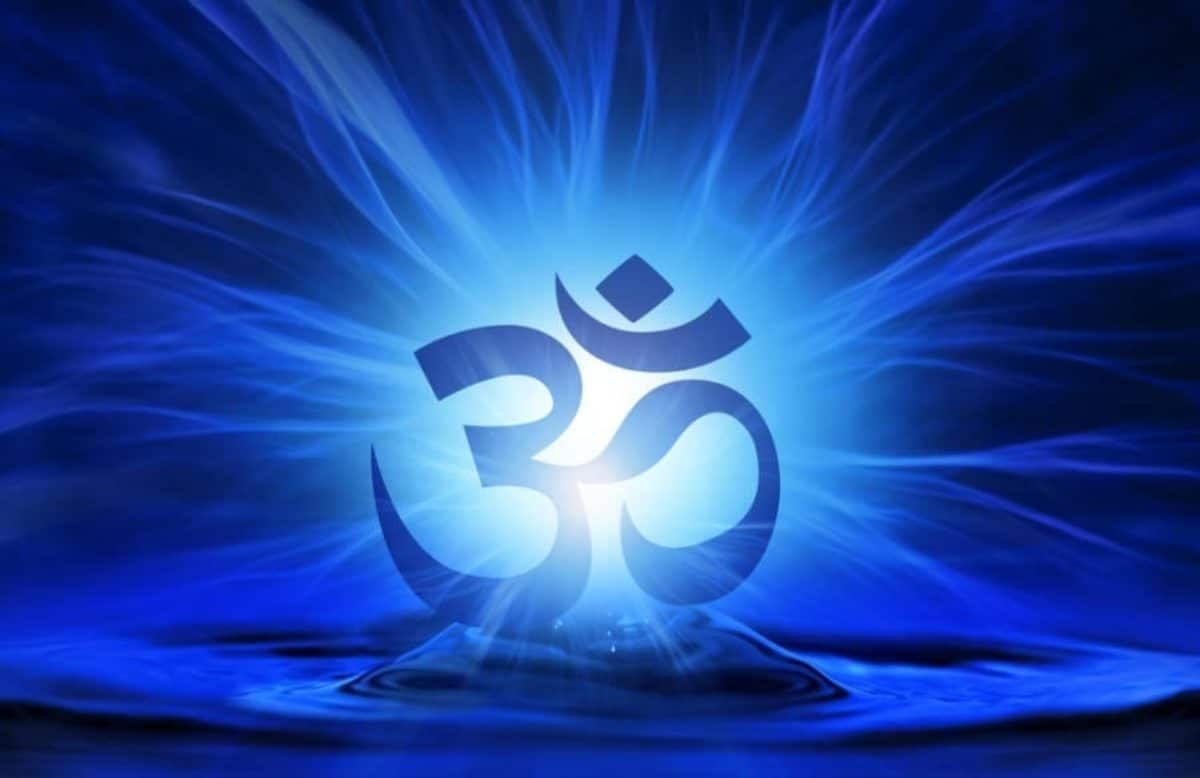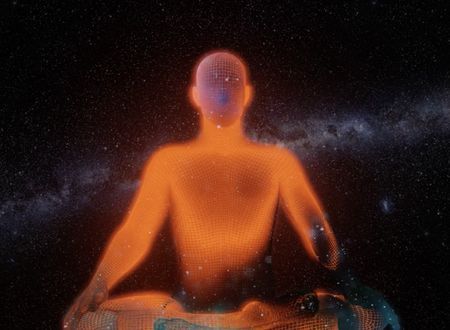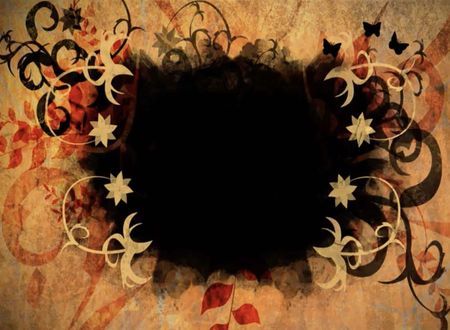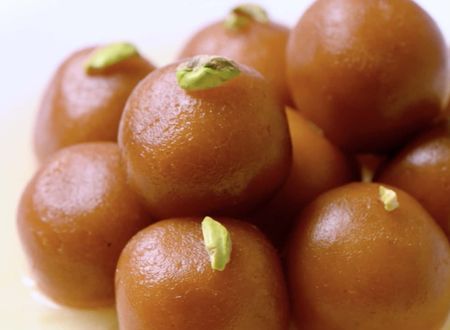Part 1 Here
Part2 Here
Madhavacharya yearned to meet and learn from Ved Vyasa — the immortal sage who compiled the vedas . Vyasa the creator of Mahabharata — is said to have existed during the Dwapara Yuga times — several millennia back. But our scriptures mention- 7 (in some cases 8 ) “Chiranjeevis”(Chiranjeevi- means one blessed with a long/permanent life — and in this case someone who is immortal ) अश्वत्थामाबलिर्व्यासोहनुमांश्च विभीषण:कृपश्चपरशुरामश्च सप्तैतेचिरंजीविन:। These 7 immortals are Ashwatthama , King Bali , Hanuman , VedVyasa, Vibhishana, Kripacharya and Parashurama.
Vyasa was believed to live in the remote Himalayan caves, unreachable by normal human beings . But with complete faith and confidence, that he would find and learn from him — Madhava set out on a pilgrimage up north . It took him 7 years but as a part of the journey, he visited Dwaraka Delhi , Allahabad Benaras and other Kingdoms — firmly establishing there — the flag of his philosophy — finally reaching the Badrika-kshetra. After the darshana of Bhagwaan Badri Narayana,Madhava undertook a 48 day silent penance without food or water, deeply meditating with the prayer of finding his Guru — Maharishi Ved Vyasa. It is said that, finally ,Vyasa appeared in his dreams — and guided him to his ashrama . In the Su-Madhava Vijay, it is mentioned that Madhava jumped from peak to peak like an skilled mountaineer powered by a divine force, before he reached the impenetrable divine abode of Vyasa .
He spent some time with Vyasa blissfully learning from him and eventually came back to the Badrinath temple . He now had Vyasa’s permission to re- write the commentary on the “Brahmasutras” denouncing the earlier 21 commentaries. He then toured through North and East India sowing the seeds of Krishna bhakti and the Vaishnava philosophy . Those seeds blossomed into strong trees — as the Bhakti movement sprouted and was led by Sri Chaitanya Mahaprabhu(1486–1534). Madhava’s contribution to the bhakti movement is often under rated or ignored — but that was one of the keystones — that powered the Gaudiya Vaishanvism and other saints thereafter in East and North — even as Madhava’s own mathas (monasteries) in Udipi produced luminaries such as Raghavendra Swamy who spread the legacy far and wide.
Madhava visited Kalinga (present day Orissa) in 1262 AD and humbled two famed Advaita proponents and pandits — Shobhana Bhatta and Shambhu Shastri in the court at Rajmahendri . The intellectually brilliant Shobhana Bhatt took sannyasa and became Padmanabh Tirtha and eventually succeeded Madhava as the Pontiff of the entire lineage. Shambhu Shastri took on the name Narhari Tirtha and wrote several commentaries on Madhav’s works — which became pillars of knowledge for the order in the later years
Establishments
Coming back home Madhava established the Sri Krishna Temple in Udipi enabled by the designs of destiny . One day he was sitting by the sea ,in Malpe South Kannara ,when he saw a ship in distress. The ship coming towards the shore was on the brink of sinking due to a snag. By waving his upper cloth he was able to guide the ship safely to the shore. In overwhelming gratitude, the captain of the ship offered gold and diamonds, but Madhvacharya refused and instead chose a mound of clay (or Gopichandan as it was called ) that was used for the ship’s ballast.
He carried it to Udupi, all the while praising Sri Hari’s incarnations (this stotra later came to be known as Dwadasha stotra) and had it washed in the pond that was later named Madhava Sarovara. .Upon washing the clay, Madhvacharya discovered a beautiful idol of Bal Krishna , which he personally installed with great devotion near Ananteshwara temple. As per this hymn (Dwadasha Stotra), this image had been prepared by the divine architect and sculptor Visvakarma and that it had been worshipped by the Gopis of Vrindavana as also Sri Krishna’s prime consort Devi Rukmini. It is said that the lamp burning besides the deity in the sanctum sanctorum, till date was lit by Madhvacharya himself and has never been extinguished all these years.
Madhavacharya then established 8 mathas or seats /monasteries — known as the ashta mutta headed by his key disciples .
While Madhava’s personality , logic , strong physique and brilliant oratory earned him millions of followers, he also had to face a lot of opposition due to his teachings which was quite the opposite of established norms and beliefs. It is said that his commentaries on palm leaf books were stolen and destroyed. His religious and social reforms in the Udupi region, to avoid animal sacrifice and consumption of liquor, were criticized by people and got him several enemies. However, he was undeterred and continued his teachings with zeal — writing 37 books and commentaries .
When he visited North India again — he was captured by the forces of Jalal-ud-din- Khilji — the Sultan of Delhi and the founder of Delhi Sultanate . Madhava and his followers were captured while crossing the Ganga — suspected to the spies of the neighboring kingdoms. The Sultan questioned Madhava through his interpreter, “Though my guards are keeping strict vigil on the river who helped you people to cross this river?”
To the amazement of the entire court, Madhava answered in fluent Persian. Raising his finger towards the sky he said, “The Supreme Lord, who protects you, me and everyone brought me here along with my followers. For you, He is Allah; for me, He is Sri Hari, you and me may address Him by different names but only one will answer us both.”
The predecessor to Allauddin Khilji — the Sultan was impressed and released Madhava with honor.
The final years of Madhvacharya were spent in teaching and worship. His biographies reveal that he disappeared one evening, while reciting his favourite text, Aitareyopanishad. Its said — during the sonorous narration of the text — there was a rain of fragrant flowers and Madhava’s physical form disappeared whilst his voice assured the followers that he will always be by their side — and in Sri Badrika kshetra- studying glories of Sri Hari . Sri Madhvacharya lived for 79 years and left this world on shukla paksha Navami of Magha Maasa (February as per the Western calendar).
The most authoritative book which enunciates Madhava’s life is ‘Sumadhava Vijaya’ authored by Narayana Pandit Acharya, the son of Trivikram Pandit Acharya, who on being humbled in debate by Madhvacharya became his disciple and who witnessed Madhava’s life very closely.
The knowledge of God, for Madhavacharya, is not a fancy intellectual concept, but necessarily has to be supported by a constant attraction , loving devotion and complete surrender to the His Grace .He rejects monist theories believing that knowledge ( or Gyana )liberates, asserting instead that it is Divine grace through Bhakti that liberates. In the eyes of Madhava, God obscures reality by creating Maya and Prakriti , which cause bondage and suffering; and only God can be the source of soul’s release. Liberation occurs when, with the grace of God, one knows the true nature of self and the true nature of God.
PS
Sources
1. The History of the Dvaita School of Vedanta by Dr. BNK Sharma
2. Sri Madhva Vijaya –(A gist in English) by 16 eminent scholars. Edited by Srimushnam Nagarajachar.
3. Life and Works of Sri Madhvacharya by Dr. Vyasanakere Prabhanjanacharya
4. http://www.dvaita.org









Comments & Discussion
4 COMMENTS
Please login to read members' comments and participate in the discussion.